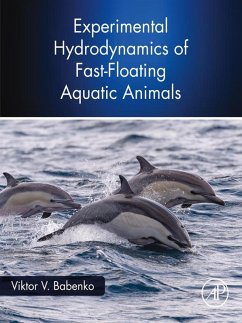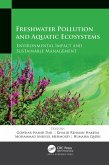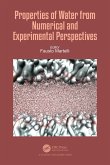Experimental Hydrodynamics of Fast-Floating Aquatic Animals presents the latest research on the physiological, morphological and evolutionary factors in aquatic animal locomotion. Beginning with an overview on how to conduct experiments on swimming aquatic animals, assessing hydrodynamic forces, resistance and geometric parameters of animal bodies, the book then details how aquatic animals, such as fast-moving dolphins, can achieve high speeds without over-expelling their energy resources. It provides insights into investigations on how animals, including dolphins, sharks and swordfish can maneuver through water at high speeds, offering a natural model for improving human and technological underwater locomotion.
This book is essential for researchers and practicing biologists interested in the study of aquatic animal locomotive physiology and its application to human technology. Advanced undergraduate and graduate students will also find this a helpful academic resource for further understanding animal hydrodynamics.
This book is essential for researchers and practicing biologists interested in the study of aquatic animal locomotive physiology and its application to human technology. Advanced undergraduate and graduate students will also find this a helpful academic resource for further understanding animal hydrodynamics.
- Analyzes the locomotive benefits of bodily structures in aquatic animals such as cetacean species, penguins, sharks and fast-swimming fish species, such as the swordfish
- Features the latest research and firsthand investigative studies of aquatic animal hydrodynamic factors, including skin elasticity, fin shape and movement, bioenergy, and more
- Provides a comparison of human to animal hydrodynamics, detailing how energy is spent differently due to evolutionary advances in the latter
Dieser Download kann aus rechtlichen Gründen nur mit Rechnungsadresse in A, B, BG, CY, CZ, D, DK, EW, E, FIN, F, GR, HR, H, IRL, I, LT, L, LR, M, NL, PL, P, R, S, SLO, SK ausgeliefert werden.









